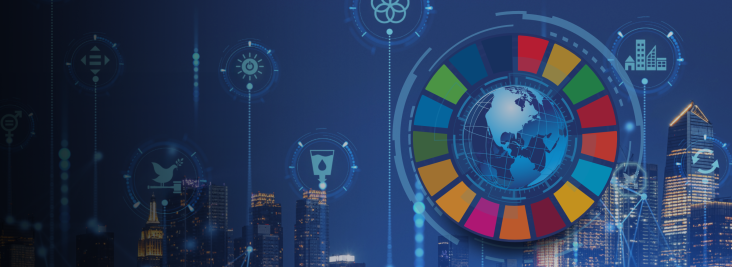The study of Laguna Bacalar's paleoecology during the Late Holocene provides important insights into how regional climate changes and sea level fluctuations have shaped the vegetation and ecosystems of this region, which can inform conservation efforts and climate adaptation strategies.

More than 1100 people came together virtually on 18 June 2024 for the tenth edition of the RELX SDG Inspiration Day: "In the Age of AI: Information to Advance the UN Sustainable Development Goals (SDGs)." The annual online event brings together thought leaders, corporate representatives, students, investors, governments, and NGOs to explore pressing issues, gain practical insight, and inspire action on the United Nations Sustainable Development Goals (SDGs).

Recognising our customers' exceptional work to achieve the UN Sustainable Development Goals.
Radiative cooling (RC) has been an attractive electricity-free approach to reducing the energy consumption of buildings. Current RC strategies focus on roofs; however, limited attention has been paid to vertical walls. Here, we report a zigzag-based structural design with asymmetric emissivity to realize optimal RC walls.
Holocene Palaeoenvironmental change at the mouth of Sabarmati River, Gulf of Khambhat, Western India
Quaternary Environments and Humans, Volume 2, Issue 5, October 2024, 100016
Until now, the absence of data on global building floorspace has impeded the measurement of building carbon intensity (carbon emissions per floorspace) and the identification of ways to achieve carbon neutrality for buildings. For this study, we develop a global building stock model (GLOBUS) to fill that data gap.
